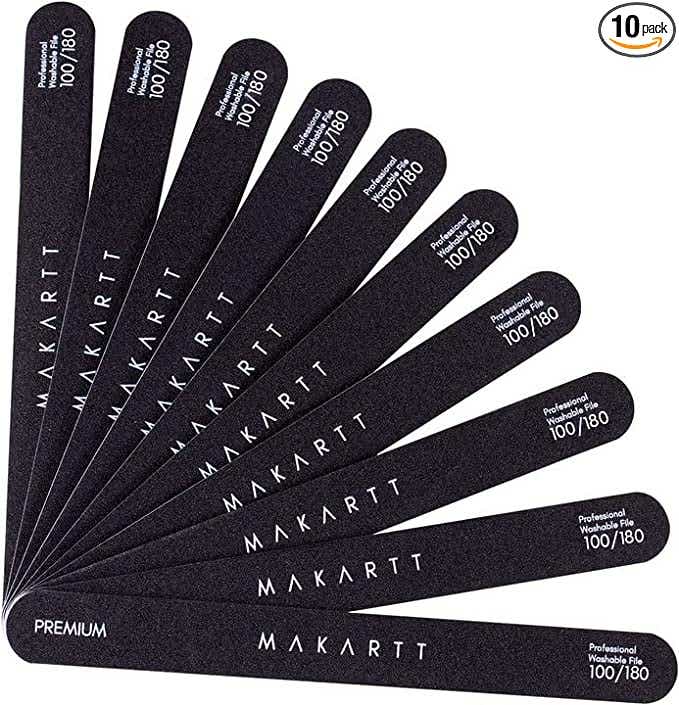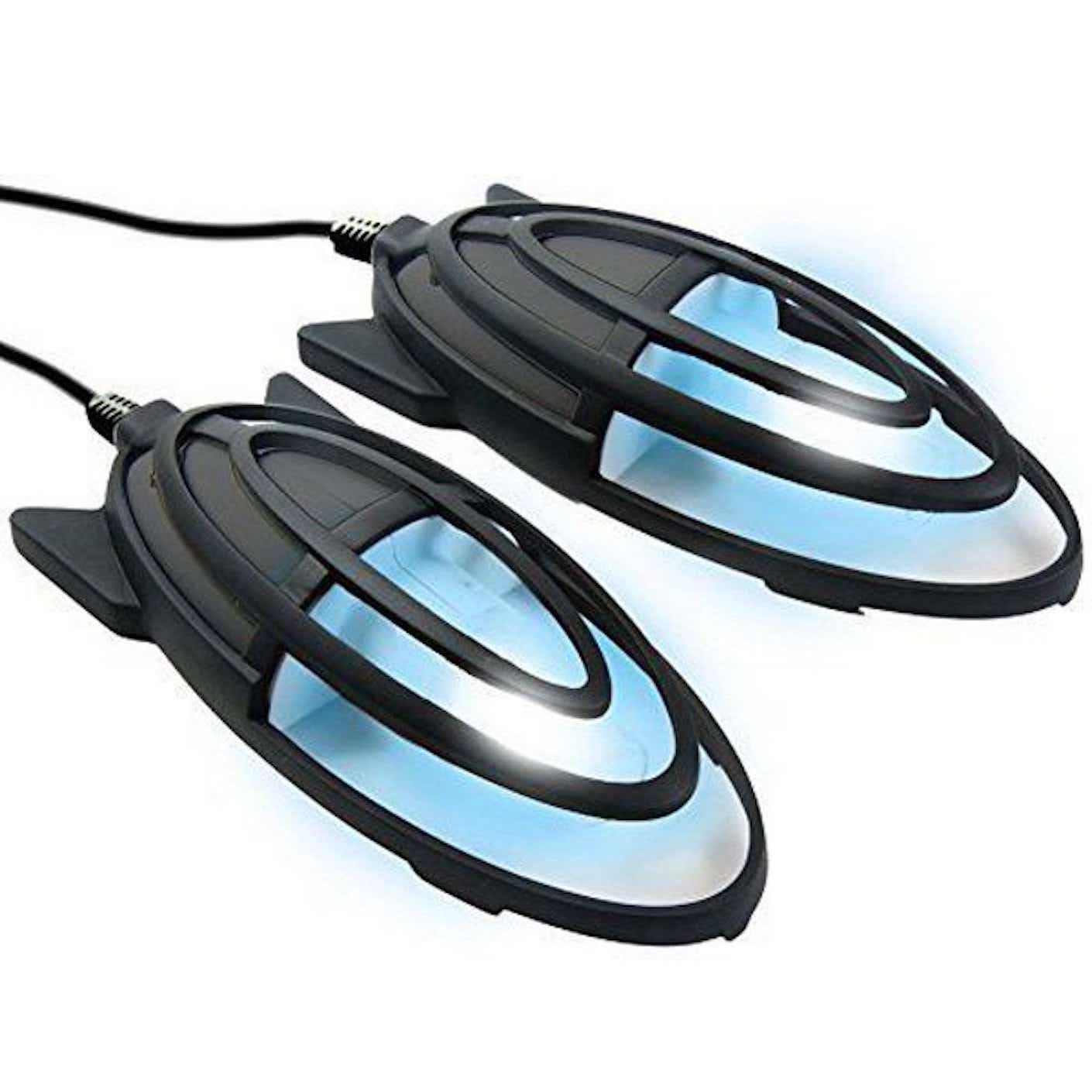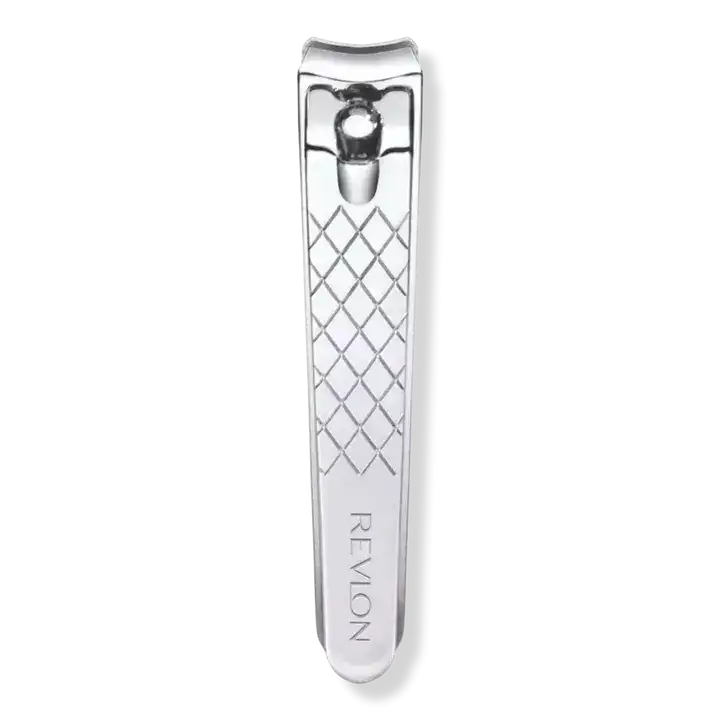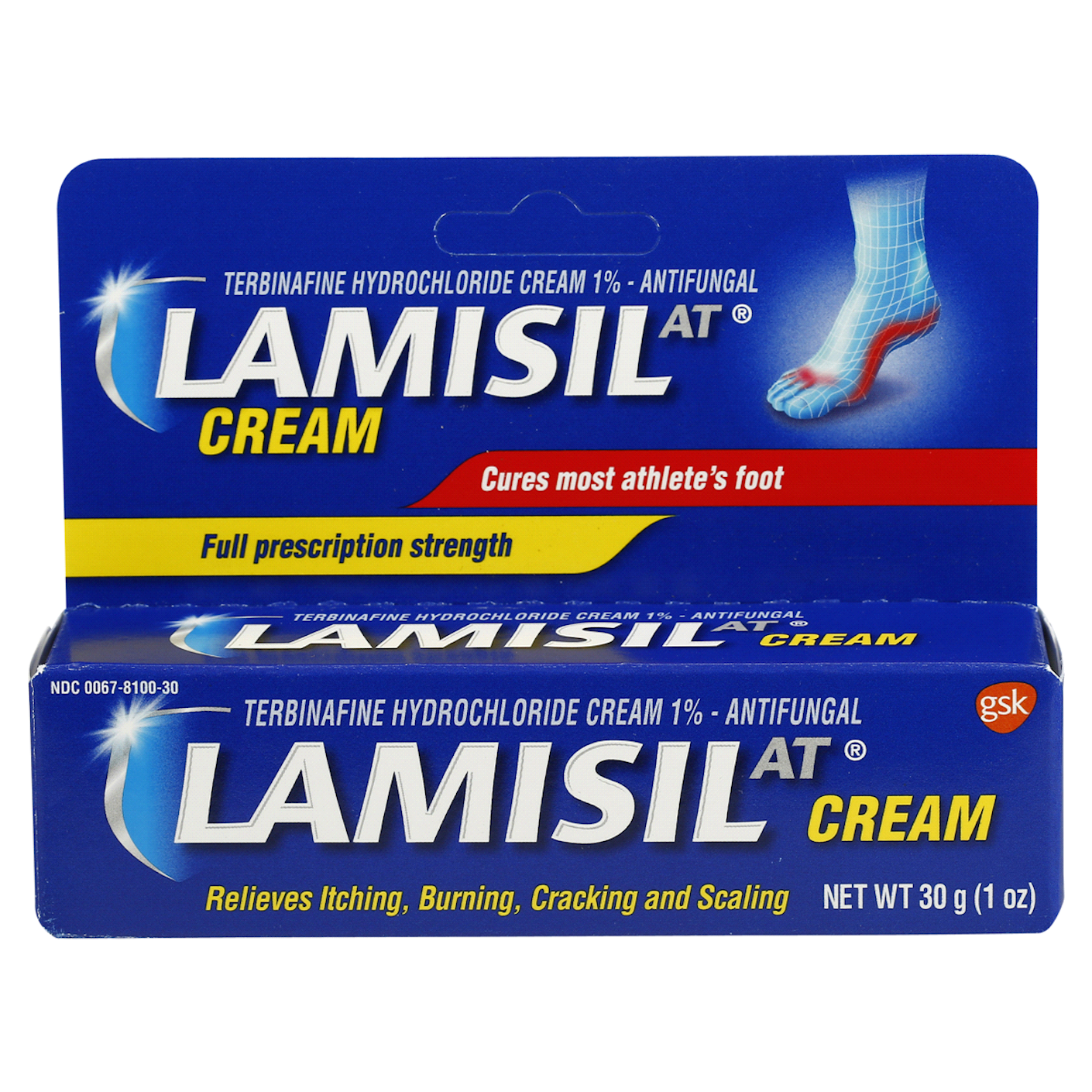Have you ever felt that super specific spike of anxiety that originates down in your toes? It’s usually seasonal or may be tied to an upcoming vacation. It’s the stuff of nail-fungus-fueled nightmares, the thought of wearing open-toed shoes sending you into a panic. Maybe you’ve got a beach getaway coming up but you’re nervous to bare your feet because your toenails are conspicuously yellow or brown, or the thought of donning sandals as the temperatures rise or getting a pedicure makes you shudder because you don’t want to reveal your thickened or brittle nails. Ring a bell? Whatever the trigger, the distraction that comes from the discomfort, pain, and anxiety about your nails detaching from your nail bed can be overwhelming.
Maintaining nail health is a common source of stress, so we consulted Miguel Cunha, DPM, of Gotham Footcare to understand how professionals treat nail fungus and how to select products to support treatment or prevention.
According to Dr. Cunha, nail fungus is defined as “a microscopic infection that usually begins in the skin, which is commonly referred to as athlete’s foot, that eventually penetrates the nail.” Fungal infections make your nails thicker, cracked, brittle, and discolored, and can cause pain. If your nails have recently changed, fungus is probably to blame since it’s the most common source of these symptoms. (But if you’re not sure, show your doctor.)
“Most people develop nail fungus as a result of walking barefoot in public places,” says Dr. Cunha. So, visiting the gym without your shower flip-flops is a high-stakes move — and you might want to steer clear of this “grounding” trend that encourages a barefoot lifestyle.
While you may be able to treat a mild case of athlete’s foot at home, Dr. Cunha says that consulting a doctor is the best way to get to the root of the issue: “I suggest seeing a podiatrist who can likely solve this issue in a matter of weeks. A professional can perform a nail biopsy, remove nails, get rid of damaged tissue, and prescribe medicated antifungal nail lacquer or oral medications.” Plus, a pro can help you explore other options like laser nail treatment or micro-drilling.
One last thing: Be safe and aware when you visit a nail salon. “If you see a nail technician working on a client with open wounds or nail fungus, leave immediately,” Dr. Cunha warns. “Spa products such as shared nail polishes can become contaminated with germs” and you want to ensure that your salon uses disposable liners in foot baths and that employees clean equipment between uses. And don’t forget to test the water yourself: “Before you dip your feet in, swipe your hand through the water and make sure that there is no foreign debris collected on your fingers. If it’s suspicious, it ain’t delicious.” We wouldn’t blame you for turning around to do your own pedicure at home.
Best Toenail Fungus Treatments
Apple Cider Vinegar
Amazon
It’s probably not a surprise that apple cider vinegar is coming to save the day, since this household product is famous for being the Swiss Army knife of vinegar. Well, it turns out that this miracle ingredient also has antifungal properties. Dr. Cunha says a simple soak can relieve fungal issues: “Use four parts water and one part apple cider vinegar with three tablespoons of Epsom salt. Soak your calluses for 20 minutes.”
Epsom Salt
Amazon
If you don’t have that Epsom salt on hand, we recommend this top-rated option; Epsom salt won’t kill fungus, but it can help draw moisture out to make your feet a less inviting environment. One buyer raves: “I swear on my life I will never spend more on another brand again!” And considering that a three-pound bag is $5, we understand the fervor.
Tea Tree Oil
Dr. Cunha notes that tea tree oil is a natural antifungal, so a few drops of that magic stuff can make all the difference. After you’re done with your salt and vinegar soak, simply “apply oil directly to the nails for five to 10 minutes and then exfoliate with an emery board.” If you’re not a fan of tea tree, eucalyptus oil and castor oil are antifungal as well. We like this pick because you can apply it directly to your skin without using a carrier oil.
Emery Boards
Amazon
Speaking of emery boards, there’s a good chance you’re using a bent, battered board that’s had a lifespan of several presidential campaigns. Since starting fresh with your feet calls for new tools, we recommend this ten-pack of emery boards. Multiple reviewers say these are the only nail files they use because they are durable and approachable for “nail techs and newbies alike.”
Disinfectant Spray
Amazon
No, you won’t be applying this equipment cleaning spray directly onto your feet. Dr. Cunha recommends picking up a bottle of cleaning product to ensure your shower is fungus-free: “Spray Lysol into your shoes and shower. Especially if you have a partner or roommate that may have athlete’s foot.” If not you’re comfy spraying your household cleaner into your beloved slides, this unscented disinfectant is effective in the fungal fight.
UV Shoe Sanitizer
Amazon
Good news: You don’t have to toss all your shoes after a bout of athlete’s foot. Dr. Cunha says that this gadget can clean them: “Use a UV shoe sanitizer to kill any fungus present within the shoes.” As an added bonus, this device also kills odor — plus it won’t damage leather or synthetic materials.
Toenail Clipper
Ulta
Nail health requires regular maintenance, so you can’t neglect the basics. Dr. Cunha says that trimming your toenails with a stainless steel clipper is key: “Trim your toenails straight across without cutting them too short and file the edges with an emery board or nail file.”
Wool Socks
Target
If you’re a cotton purist, keep in mind that your favorite fabric may not belong on your feet: “Avoid wearing socks made of cotton because it traps moisture. Instead, choose socks made of moisture-wicking fabrics such as acrylic, polyester, or wool blends.”
Lamisil
Walgreens
Luckily there are non-prescription treatments for toenail issues: “If you have athlete’s foot and notice scaliness on the bottom of your feet or fissures in between your toes, apply over the counter Lamisil twice a day (morning and night) for two weeks or as directed by your doctor. You can also use Lamisil to prevent athlete’s foot and nail fungus.” Buyers say that Lamisil is non-greasy, fragrance-free, and noticeably fast-acting.






















